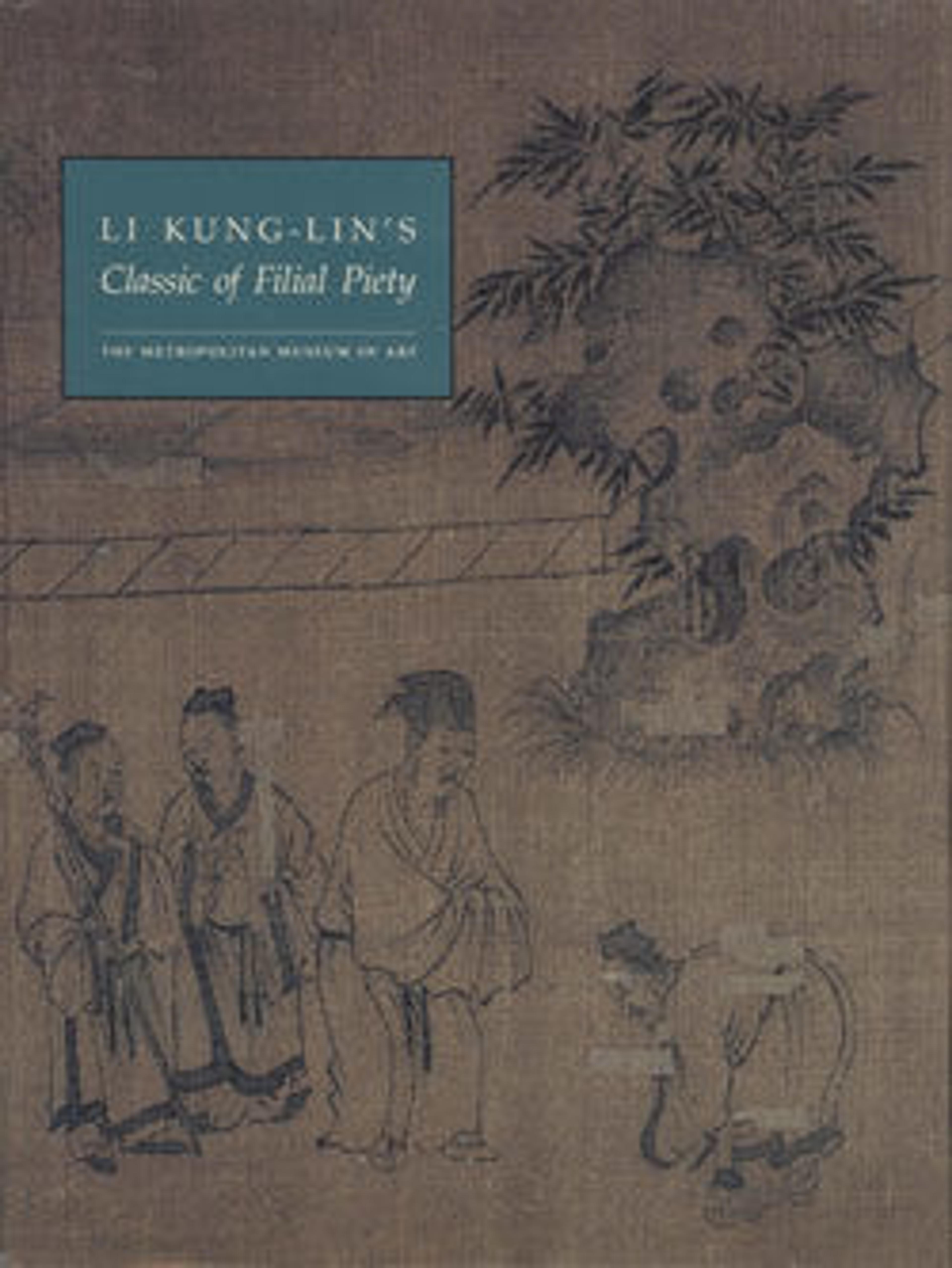Ten Kings of Hell
This is one from a set of scrolls (30.76.290–.294) illustrating the theme of the Ten Kings of Hell, which developed during the second half of the Tang dynasty (618–907). The theme transforms the Indian Buddhist view of judgment after death into a typically Chinese bureaucratic process. Before being permitted to transmigrate into the next life, a soul is tried by a different king each week for seven weeks; it is sent to the eighth king on the hundredth day, to the ninth after a year, and to the tenth the third year after death. Here, each scroll shows a king—assisted by a scribe and other officials—examining and passing sentence on the souls of the dead; in the foreground demons punish the wicked..
Most extant Song and Yuan dynasty Buddhist paintings were preserved in Japan; many had been taken there from Ningbo, Zhejiang Province, an important port city for Japanese merchants and pilgrims. Inscriptions on the present paintings state that they were made in the studio of Jin Chushi, a Buddhist layman in Mingzhou, the name for Ningbo before it was changed to Qingyuanfu in 1195; the paintings, therefore, must date prior to that year. Stylistically, they are extremely close to The Five Hundred Luohans in the Zen Buddhist temple Daitokuji, Kyoto, which were also made in Ningbo and are dated 1178. The vivid drawing and the intense colors of these works are typical of the best Buddhist narrative paintings of the period.
Most extant Song and Yuan dynasty Buddhist paintings were preserved in Japan; many had been taken there from Ningbo, Zhejiang Province, an important port city for Japanese merchants and pilgrims. Inscriptions on the present paintings state that they were made in the studio of Jin Chushi, a Buddhist layman in Mingzhou, the name for Ningbo before it was changed to Qingyuanfu in 1195; the paintings, therefore, must date prior to that year. Stylistically, they are extremely close to The Five Hundred Luohans in the Zen Buddhist temple Daitokuji, Kyoto, which were also made in Ningbo and are dated 1178. The vivid drawing and the intense colors of these works are typical of the best Buddhist narrative paintings of the period.
Artwork Details
- 南宋 金處士 十王圖 軸
- Title:Ten Kings of Hell
- Artist:Jin Chushi (Chinese, active late 12th century)
- Period:Song dynasty (960–1279)
- Date:before 1195
- Culture:China
- Medium:One of five of a set of ten hanging scrolls; ink and color on silk
- Dimensions:Image: 51 x 19 1/2 in. (129.5 x 49.5 cm)
Overall with knobs: 80 x 27 1/2 in. (203.2 x 69.9 cm) - Classification:Paintings
- Credit Line:Rogers Fund, 1930
- Object Number:30.76.293
- Curatorial Department: Asian Art
Audio
7717. Ten Kings of Hell
0:00
0:00
We're sorry, the transcript for this audio track is not available at this time. Please email info@metmuseum.org to request a transcript for this track.
More Artwork
Research Resources
The Met provides unparalleled resources for research and welcomes an international community of students and scholars. The Met's Open Access API is where creators and researchers can connect to the The Met collection. Open Access data and public domain images are available for unrestricted commercial and noncommercial use without permission or fee.
To request images under copyright and other restrictions, please use this Image Request form.
Feedback
We continue to research and examine historical and cultural context for objects in The Met collection. If you have comments or questions about this object record, please contact us using the form below. The Museum looks forward to receiving your comments.
